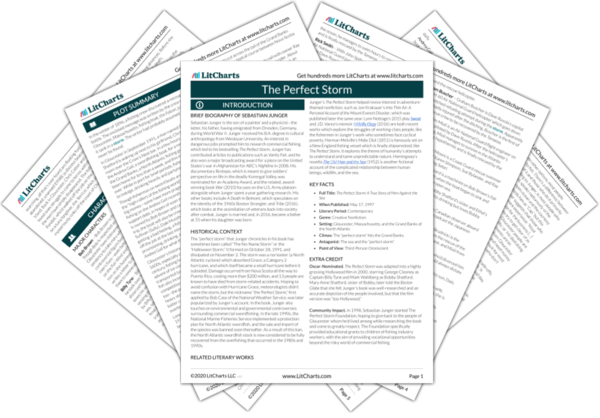Billy has run into a cascade of problems on this trip—running low on supplies, dealing with malfunctions, and worst of all, he just hasn’t caught enough. Linda’s remarks suggest that Billy has a habit of pushing his luck. The implication is that, while this might help him make potentially lucrative decisions like venturing out further for more fish, it might also obscure his judgment at times and put his crew in danger.
